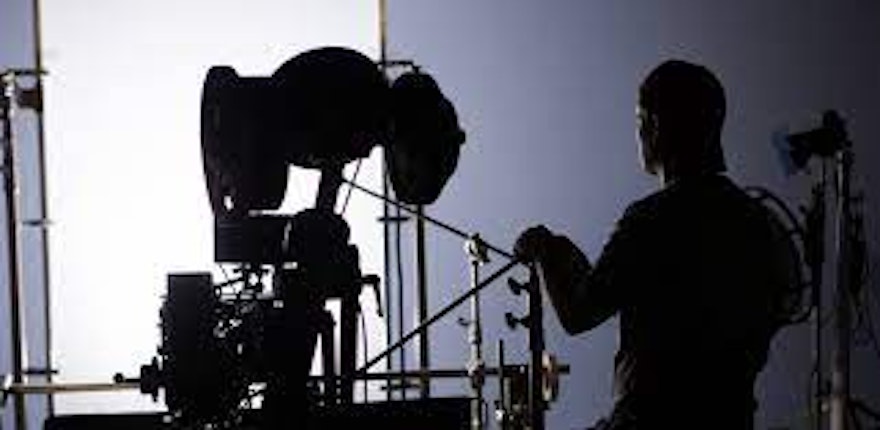As students want to learn about and get involved in the study of media and film, it can be very rewarding to help teach them about this field.
The biggest issue that teachers of these students face, is having the students keep their gear organized. It is important to make sure that the students are only checking out the assets that they need for their projects. Let's take a look at what you will need to help with this process.
How do you keep track of all the gear that your students need?
There is a wide variety of assets and their various functions that your students will need to be aware of. Let's take a look at some of these.
Video Cameras: The types of cameras that you will need depend upon what type of filming your team is doing, be it action-based, documentaries, ect.
DSLR Cameras: These cameras are very popular as they allow the user to swap out lenses as needed.
Camera Lenses: These are very expensive pieces of equipment that can easily be misplaced in the field while using.
Wireless Microphones: These microphones are very popular for doing interviews. They are small and easy to forget about.
Shotgun Microphones: Mainly used in conjunction with boom poles or some sort of extended handle. These allow your team to pick up far-away sounds.
Lighting Kits: If you are filming indoors, lighting kits are needed to make sure that you get the best results.
Light Reflectors: They allow for light to be directed in different directions, while also allowing the users to adjust the light color they are using.
Tripods: These are important to enable smooth filming where the camera is not moving around during the shoot.
Memory Cards: Memory cards are what all film and photos are stored on in the camera before they can be transferred to a different storage device. Due to the size of these, they can be easy to lose.
Batteries: Batteries are used to power any portable camera. These can be either rechargeable battery packs or single-use batteries.
Editing Software: This software is used to edit any type of media that you are using. There are different software for editing videos and photos. These will allow you to have the best quality product possible. These programs are usually licensed either by user accounts, or unlimited access accounts.
As you can see, there are many moving parts that need to be tracked.
Vendor: Who you buy your products from. You can keep their contact information stored for easy access to your sales representative.
Cost: The total you spent per asset in your fleet.
Serial Number: Serial numbers and generally used as the unique identifier in a system, which allows you to better manage your inventory.
Warranty Information: This is necessary so that you know if you are able to send in your devices to receive maintenance or repair at no cost to you.
Location: If you have people in more than one place where they are based, it is important to know what assets are assigned to each location to help with the assignment of them.
Asset Maintenance Schedule: Make sure that you keep your assets in the best condition possible so you have as little unscheduled downtime.
Accessories and Licenses: While filming and doing photography, there are many different items that will need to be assigned along with the assets. These are just as important to keep track of as the cost of them adds up just as quickly as the big-ticket items in your inventory.
Check-out status: Know who is assigned an asset to avoid going to check out the asset and not having it in your stock room to give out.
Streamline your students' equipment reservations
Having a place to check items out and set up reservations for students to use equipment is one of the best ways to streamline this process. When setting this up, make sure that you allow for a specific time and date to be selected by the person. This will help in making sure that items are not double booked. You will also be able to know exactly who has an item, and at what time.
Communication and Reminders
The next step is to make sure that you have a good communication system. Make sure that you have reminders set up for when an item is supposed to be picked up and returned. One way is to set up emails to be sent out from your asset management system. When setting up these emails, make sure that you set up a template that includes all of the information that they need to know(i.e. Pick time, return time, dates of use, ect).
Maintenance
Just like with assets outside of a/v production, make sure that you follow the recommended maintenance guidelines set by the manufacturer. This will help to avoid voiding any warranty on the equipment and will help to limit the amount of unscheduled maintenance downtime. Along with setting these times up in your system, make sure that you keep track of everything that was done to the items, and any communication about it. This will provide valuable information to the maintenance team for any future actions that need to be taken on the item.
